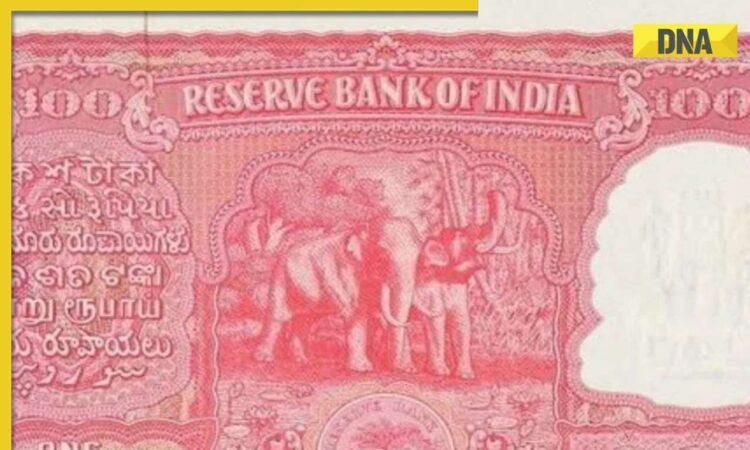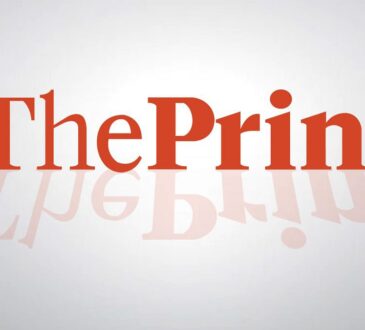This RARE Indian currency from 1950s was auctioned in London for whopping Rs 5649650, here’s why

The Haj notes and century-old currency from a shipwreck constitute chapters rife with history that links then and now and keeps our historical tapestry alive in the most unexpected contexts.
A London auction recently witnessed the rare Rs 100 Indian currency note becoming the highest-selling bidder at a staggering Rs 56 lakh, leaving collectors and history lovers quite taken aback. Referred to as ‘Haj Note’, this unique memorandum hails from the 1950s when the Reserve Bank of India supplied it to Indian pilgrims going to Gulf nations on a pilgrimage.
The note, bearing the serial number HA 078400, is more than a collector’s item-it is a glimpse into an interesting chapter in economic history. Back then, the RBI issued such notes to check illegal purchases of gold in regular Indian currency. These ‘Haj Notes’ could be legally valid only in the Gulf nations of UAE, Qatar, Bahrain, Kuwait, and Oman, and thus it was innovative yet restrictive legal tender.
In 1961, Kuwait started its currency, and so all the other nations followed suit. It led to the slow winding down of the Haj Notes, with their production ceasing in the 1970s. Today, these are prized possessions by collectors, not only because of their rarity, but also because of their special features.
A unique feature of these notes is the easy recognition of the prefix “HA” appearing in their serial numbers. They differed by colour from the regular Indian currency, thus adding to their uniqueness.
This recent auction isn’t the first in which the vintage Indian notes have hit the headlines. May 2024 saw two Rs 10 notes from 1918 entirely sold at record prices Rs 6.90 lakh and Rs 5.80 lakh. These notes shared their own amazing history: They were on board the British ship, SS Shirala, which was torpedoed by a German U-boat during World War I. Surviving such perilous event adds an incredible historic significance to these artifacts and makes them priceless relics of a bygone era.
The Haj notes and century-old currency from a shipwreck constitute chapters rife with history that links then and now and keeps our historical tapestry alive in the most unexpected contexts.

